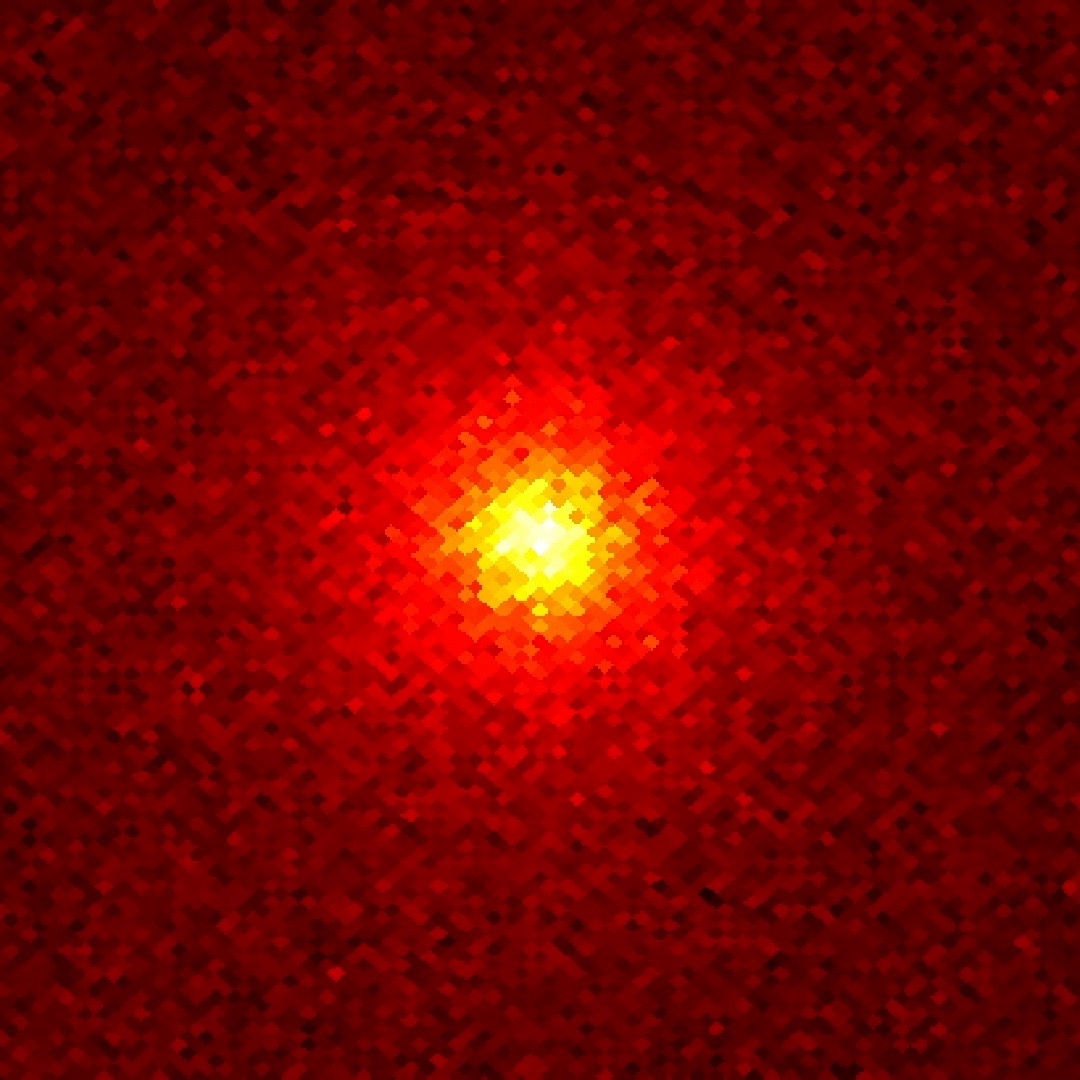NASA's NICER Studies Recurring Cosmic Crashes
Watch how astronomers used data from NASA’s NICER (Neutron star Interior Composition Explorer) to study a mysterious cosmic phenomenon called a quasi-periodic eruption, or QPE.
Credit: NASA’s Goddard Space Flight Center
Music: "Superluminal" by Lee Groves [PRS] and Peter Geogre Marett [PRS], Universal Production Music
Watch this video on the NASA Goddard YouTube channel.
Complete transcript available.
For the first time, astronomers have probed the physical environment of repeating X-ray outbursts near monster black holes thanks to data from NASA’s NICER (Neutron star Interior Composition Explorer) and other missions.
Scientists have only recently encountered this class of X-ray flares, called QPEs, or quasi-periodic eruptions. A system astronomers have nicknamed Ansky is the eighth QPE source discovered, and it produces the most energetic outbursts seen to date. Ansky also sets records in terms of timing and duration, with eruptions every 4.5 days or so that last approximately 1.5 days.
Ansky’s name comes from ZTF19acnskyy, the moniker of a visible-light outburst seen in 2019. It was located in a galaxy about 300 million light-years away in the constellation Virgo. This event was the first indication that something unusual might be happening.
A leading theory suggests that QPEs occur in systems where a relatively low-mass object passes through the disk of gas surrounding a supermassive black hole that holds hundreds of thousands to billions of times the Sun’s mass.
When the lower-mass object punches through the disk, its passage drives out expanding clouds of hot gas that we observe as QPEs in X-rays.
Scientists think the eruptions' quasi-periodicity occurs because the smaller object’s orbit is not perfectly circular and spirals toward the black hole over time. Also, the extreme gravity close to the black hole warps the fabric of space-time, altering the object’s orbits so they don’t close on themselves with each cycle. Scientists’ current understanding suggests the eruptions repeat until the disk disappears or the orbiting object disintegrates, which may take up to a few years.
Scientists think Ansky’s extreme properties may be due to the nature of the disk around its supermassive black hole, which may be much larger and therefore involve objects farther away than previous examples, creating longer timescales.
Astronomers used data from NICER and ESA’s (European Space Agency’s) XMM-Newton space telescope to map the rapid evolution of the ejected material driving the observed QPEs in unprecedented detail by studying variations in X-ray intensity during the rise and fall of each eruption.
The researchers found that each impact resulted in about a Jupiter’s worth of mass reaching expansion velocities around 15% of the speed of light.
NICER’s ability to frequently observe Ansky from the space station and its unique measurement capabilities also made it possible for researchers to measure the size and temperature of the roughly spherical bubble of debris as it expanded.

A system astronomers call Ansky, in the galaxy at the center of this image, is home to a recently discovered series of quasi-periodic eruptions.
Credit: Sloan Digital Sky Survey
Alt text: A snapshot of an all-sky survey.
Image description: At the center of the image is galaxy that looks like a yellow blob with a bright center. The image’s background is black, and it’s speckled with multicolored dots representing other galaxies and stars.
For More Information
Credits
Please give credit for this item to:
NASA's Goddard Space Flight Center. However, individual items should be credited as indicated above.
-
Science writer
- Jeanette Kazmierczak (University of Maryland College Park)
-
Producer
- Scott Wiessinger (eMITS)
-
Graphics
- Scott Wiessinger (eMITS)
-
Narrator
- Scott Wiessinger (eMITS)
Missions
This page is related to the following missions:Series
This page can be found in the following series:Release date
This page was originally published on Tuesday, May 6, 2025.
This page was last updated on Saturday, May 3, 2025 at 10:45 PM EDT.
